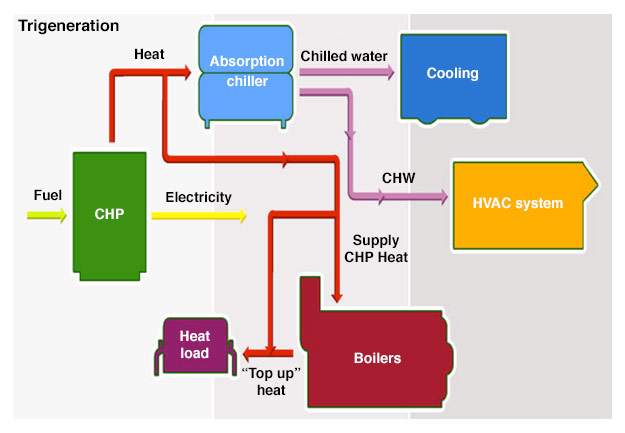Options and Opportunities for Energy Conservation
Whether you think about the supply side of energy systems (the technologies and conservation processes that we utilize to convert fuels of various sorts into useful activities) or the demand side (relative energy consumption), wasting energy hurts the environment and costs society a tremendous amount of money. Several good reports on this topic have been released in recent years. While all are specific to the US (which isn’t surprising if you look back at the figure or at the Gapminder animation on the previous page), all of these reports identify avenues for increased energy conservation that would be relevant to just about any country with an industrialized economy.
Required Reading:
Have a look at the executive summaries for the three reports listed below. You must have Adobe Reader installed on your computer to view the ones listed as PDF files. If you do not have Adobe Reader installed on your computer, go to the Adobe website to get it for free.
- Real Prospects for Energy Efficiency in the United States, (PDF) Commissioned by the US National Academy of Science, this report focuses separately on energy use in the buildings sector; transportation; and industry. The full report is available freely at National Academy Press.
- Unlocking energy efficiency in the US economy (PDF) This report from McKinsey, a consultancy, argues that sufficient energy efficiency potential exists in the US alone to reduce greenhouse gas emissions from that country by approximately one-third, all while saving consumers and businesses more than one trillion dollars (by comparison, the size of the US economy as a whole is about 15 trillion dollars).
- Assessment of Achievable Potential from Energy Efficiency and Demand Response Programs in the US (PDF). This report, from the Electric Power Research Institute (EPRI), an industry group funded by US electric utilities, focuses primarily on efficiency gains in the production and utilization of electric power. EPRI concludes that conservation possibilities in the US are smaller than does the McKinsey report, but EPRI does not dismiss conservation in any way.
The potential for increased energy conservation spreads across several sectors:
- Residential energy conservation through the adoption of energy-efficient appliances, lighting, etc.; or the adoption of technologies and practices that can yield less energy use in existing appliances (examples might include programmable thermostats). Lighting (LEDs and compact fluorescent bulbs) and cooling are particularly singled out in the reports as favorable technological options for conservation, as well as the energy-efficient design of new buildings. Where conditions permit, ground-source heat pumps, which take advantage of constant warm temperatures in the shallow earth to provide heating and cooling, are particularly attractive for single-family new construction. Energy-efficient retrofits of existing buildings are a particularly difficult challenge, due to high costs for older buildings in particular.
- Commercial and industrial energy conservation through building efficiency measures similar to those mentioned for the residential sector, and the adoption of highly-efficient heating and cooling systems. One of the best options for heating and cooling efficiency is so-called “combined cooling, heating and power” (CCHP) or “tri-generation.” CCHP technologies work by using fuel in a combustion turbine to generate electricity and then capturing the waste heat to use in some industrial process. The heat can also be diverted to an absorption chiller to provide cooling for buildings (see figure below). When the cooling cycle is removed from the system, this is referred to as “combined heat and power” or “co-generation.” While cogeneration or CCHP systems are typically fueled by natural gas, they do offer efficiencies of over 90%. Gasified biomass can be used as fuel in place of natural gas, but is typically more expensive unless the cogeneration unit is located close to a large supply of biomass fuel. One example of a biomass cogeneration facility is in Gussing, Austria (PDF). The waste heat produced in the Austrian system is distributed to local households and business through a set of steam distribution pipes, a process known as “district heating.”
- Transportation energy conservation, largely through improvements in gas mileage for passenger vehicles. The reports conclude that improving efficiencies of existing technologies (internal combustion gasoline engines; diesel engines; and hybrid gas-electric vehicles) would have a much larger impact on decreasing energy use in the transportation sector than would the introduction of new automotive technologies such as all-electric, biomass-fueled, or compressed natural gas vehicles. Trucking and air transportation have lower conservation potential than does the passenger vehicle market.

